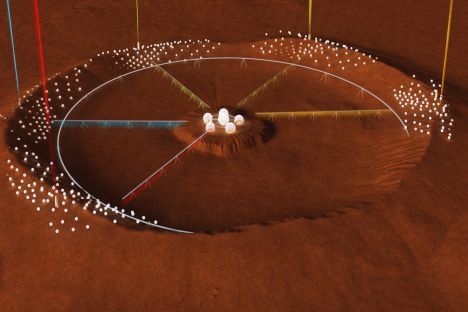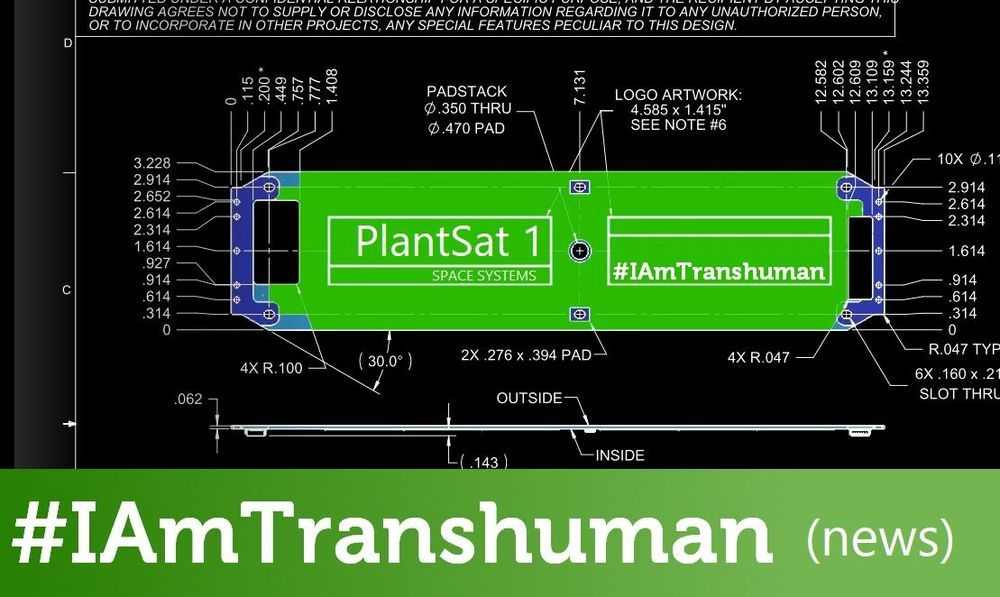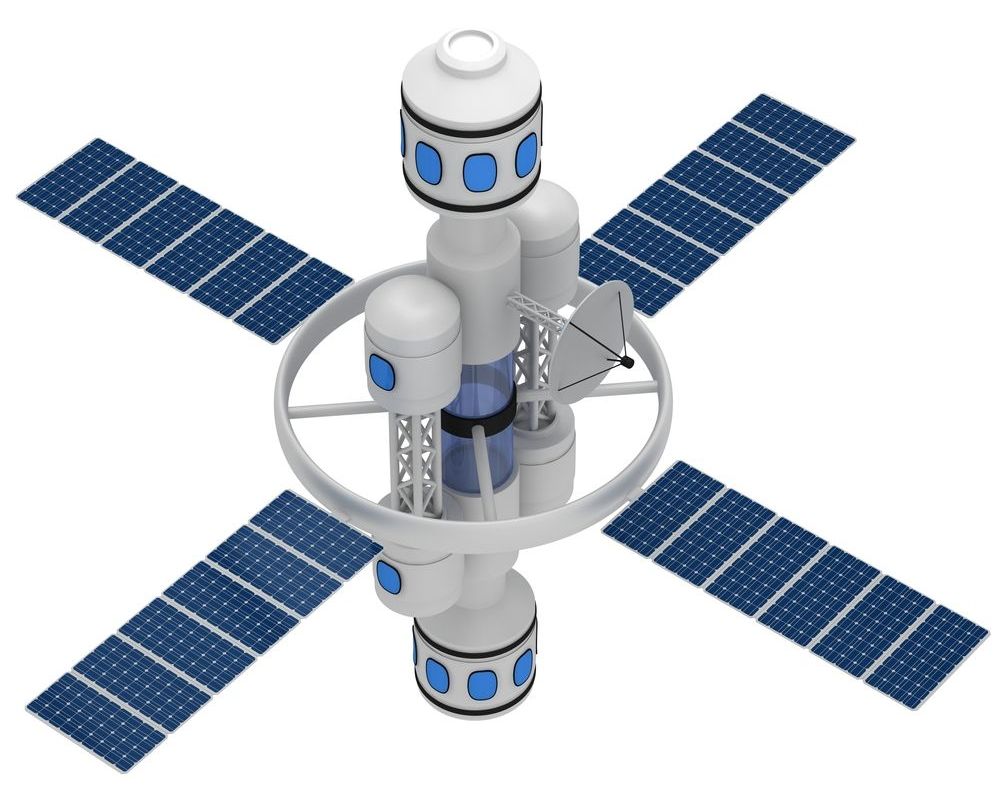Over a dozen countries have started their own space agencies in the last decade, a trend driven in large part by the expansion of the commercial sector.


Ira Pastor, ideaXme exponential health ambassador, interviews Dr. Ronald Mallett, Professor Emeritus, Theoretical Physics, Department of Physics at the University of Connecticut.
Ira Pastor Comments:
Time travel is the concept of movement between certain points in time, analogous to movement between different points in space, by an object or a person, typically with the use of a hypothetical device known as a time machine.
Time travel is a widely recognized concept in philosophy and fiction and the idea of a time machine was originally popularized by H. G. Wells’ 1895 novel The Time Machine.
Forward time travel, outside the usual sense of the perception of time, is an extensively observed phenomenon and well-understood within the framework of special relativity and general relativity and making one body advance a few milliseconds compared to another body has been demonstrated in experiments comparing atomic clocks on jets and satelites versus the earth.
As for backward time travel, it is possible to find solutions in general relativity that allow for it, in a theoretical system known as a “closed timelike curve” (sometimes abbreviated CTC), which is where the world line of an object (the path that an object traces in 4-dimensional space-time) follows a curious path where it eventually returns to the exact same coordinates in space and time that it was at previously. In other words, a closed timelike curve is the mathematical result of physics equations that allows for time travel to the past.


#IAmTranshuman is heading into space onboard PlantSat 1, a project worked on in part at the Transhuman House.
The IAmTranshuman (ist) web site is about the stories of transhumanists, from professors to artists and everything in between from all walks of life. IAmTranshuman is about helping humanity grow and be more then what we were through the responsible use of technology.
O.,.,o I think we need sunglasses or optics to see ghosts or exterrestials using quantum mechanical physics.
Cameras on the International Space Station have reportedly captured images of soundwaves travelling across Earth at high speeds, believed by some people to be a new form of ‘space technology’.



When gigantic stars run out of fuel they collapse under their own gravity and, in a last hurrah, send out a blast of light and matter in the most violent known explosions in the universe.
Now astronomers have discovered that these cataclysmic events, known as gamma ray bursts, release roughly twice as much energy as previously thought.
The rethink comes after an international team registered a record-breaking observation of the highest-energy radiation ever measured from gamma ray bursts.

Data from ESA’s Cluster mission has provided a recording of the eerie “song” that Earth sings when it is hit by a solar storm.
The song comes from waves that are generated in the Earth’s magnetic field by the collision of the storm. The storm itself is the eruption of electrically charged particles from the sun’s atmosphere.
A team led by Lucile Turc, a former ESA research fellow who is now based at the University of Helsinki, Finland, made the discovery after analyzing data from the Cluster Science Archive. The archive provides access to all data obtained during Cluster’s ongoing mission over almost two decades.
